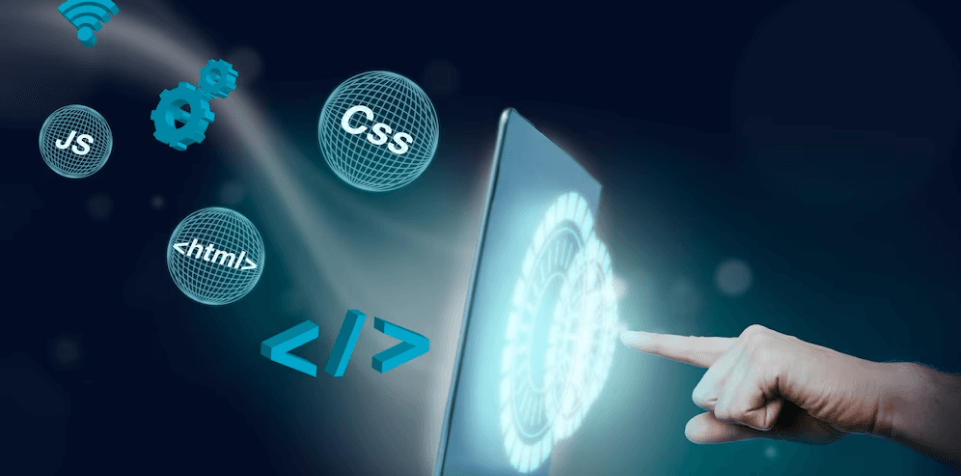Unleashing the Power of LLMs: The Cutting-Edge Architecture Behind MIA’s Next-Gen Digital Assistant

Table of Contents
In an era where artificial intelligence is reshaping every industry, building an intelligent digital assistant that stands out requires more than just a clever algorithm—it demands a robust, multi-layered architecture. At the heart of our platform, MIA (My Intelligent Assistant), lies an advanced integration of large language models (LLMs), state-of-the-art natural language processing (NLP), and a dynamic, modular framework that orchestrates a suite of AI services in real time.
This article delves into the intricate technical design and implementation challenges behind MIA, demonstrating how complex, yet elegantly engineered, our platform is. For those with a technical mindset, this is your deep dive into the sophisticated world of AI-powered digital assistance.
A Multi-Layered Architectural Marvel
1. User Interface and Interaction Layer
MIA’s interface is built using modern web technologies like Vite and React, ensuring a responsive, dynamic experience across web, mobile, and even embedded touchscreens. This layer not only handles the graphical user interface but also manages seamless integration between text-based chat and voice interactions.
Voice and Chat Integration:

MIA supports both text-based chat and voice interactions. For voice, we integrate advanced speech-to-text (STT) and text-to-speech (TTS) engines, ensuring natural, human-like dialogue with minimal latency.
Customizable Workspaces:
Users can create personalized workspaces, projects, and profiles, enabling tailored AI interactions that reflect their unique needs and data ecosystems.
2. Preprocessing, Data Ingestion, and Storage
Before any intelligent response is generated, raw data must be meticulously ingested and transformed. MIA’s preprocessing layer is engineered to handle diverse data sources, including structured reservation and occupancy data from multiple Property Management Systems (PMS) and unstructured inputs from various channels.
Data Ingestion Framework:
Utilizing protocols such as HTTPS/RESTful APIs, FTP/SFTP, and Webhooks, our custom connectors and Apache NiFi pipelines ingest data seamlessly from third-party systems
Data Cleaning and Normalization:
Leveraging Apache Spark and Python Pandas , we clean, deduplicate, and standardize incoming data, ensuring consistency across disparate datasets.
Secure Data Storage:
Processed data is stored in a hybrid architecture using both relational databases (PostgreSQL) and NoSQL solutions (MongoDB) with caching mechanisms provided by Redis. This setup not only ensures rapid access but also robust scalability and redundancy.
3. AI Services: The Core Engine
At the core of MIA is a suite of AI services powered by advanced LLMs and NLP models. Our system integrates industry-leading frameworks like OpenAI’s GPT, Hugging Face Transformers, and custom-trained models to deliver precise, context-aware responses.
Natural Language Understanding (NLU):
MIA employs deep learning models to parse and understand complex user queries. Using frameworks such as Rasa and custom Python modules, our system extracts key entities and user intents with high accuracy.
Dialogue Management:
A sophisticated state machine governs MIA’s dialogue flow, ensuring that context is preserved across multiple interactions. This layer is responsible for dynamically routing conversations, managing session data, and handling multi-turn interactions seamlessly.
Modular AI Agents:

Our platform supports a variety of pre-built and customizable agents—ranging from chatbots and voice bots to specialized workflow orchestrators. This modularity allows users to tailor the AI to their specific operational needs, whether for customer support, data pipeline orchestration, or personal assistance.
4. Workflow Orchestration and Integration
MIA is designed as a no-code platform that empowers users to build, test, and deploy complex workflows with minimal technical expertise. The orchestration layer integrates various “machines” or modules from our marketplace, each designed to perform specialized tasks.
No-Code Configuration:

Users can drag and drop modules to create custom workflows for tasks such as data ingestion, transformation, forecasting, and visualization.
Integration Protocols:
The platform seamlessly connects with external systems via secure REST APIs, leveraging OAuth 2.0 for authentication and JWT tokens for session management.
Marketplace & Community Portal:
If users cannot find the ideal module for their needs, they are encouraged to post requirements in our community portal, where machine developers and fellow users collaborate to provide alternative solutions.
5. Monitoring, Feedback, and Continuous Improvement
A robust monitoring and analytics layer underpins the entire system, ensuring that MIA’s performance is continuously optimized.
Real-Time Monitoring:

Using tools like Prometheus and the ELK Stack (Elasticsearch, Logstash, Kibana) , we track system performance, monitor user interactions, and detect anomalies in real time.
User Feedback Loop:
Every interaction is logged and analyzed, providing valuable feedback that is used to fine-tune our models and improve the overall user experience.
CI/CD and OTA Updates:
Our development pipeline employs Docker and Kubernetes for containerization, with over-the-air (OTA) updates ensuring that new features and security patches are deployed seamlessly.
Conclusion
Building MIA is not a trivial endeavor—it’s a convergence of modern web technologies, advanced AI, robust data processing, and dynamic integration strategies. Our multi-layered architecture demonstrates the complexity and precision required to deliver an intelligent digital assistant that adapts to a wide range of user needs and industry requirements.
For those eager to explore the intricate details behind our platform or to see how MIA can revolutionize your business workflows, we invite you to learn more on our website. Dive deeper into the future of intelligent assistance with MIA.
FAQs
MIA leverages advanced LLMs such as OpenAI’s GPT and Hugging Face Transformers, combined with frameworks like Rasa for context-aware dialogue management.
Our platform uses encryption (TLS/SSL, AES), secure storage with PostgreSQL and MongoDB, and robust authentication protocols (OAuth 2.0, JWT) to protect sensitive data.
Yes, MIA is designed for seamless integration with various third-party systems via RESTful APIs, making it easy to connect with CRMs, calendars, and more.
MIA can be deployed on cloud-based infrastructure or on-premises, and our platform supports over-the-air updates via CI/CD pipelines.
Our no-code platform allows users to configure personalized workflows using drag-and-drop modules from our extensive marketplace.
Recent Blogs
-
AI Agent 29 Aug, 2025
The Ultimate Guide to Picking an AI Chatbot for Your Business
-
AI Agent 27 Aug, 2025
Seamless Voice Technology Integration for Business Operations
-
AI Agent 25 Aug, 2025
AI-Powered Automated Voice Bot Support for Smarter Customer Service
-
AI Agent 22 Aug, 2025
How AI Interview Automation Is Reshaping Recruitment for Agencies and HR Teams
-
AI Agent 14 Aug, 2025
How Telecom Providers Can Lead with Agentic AI
